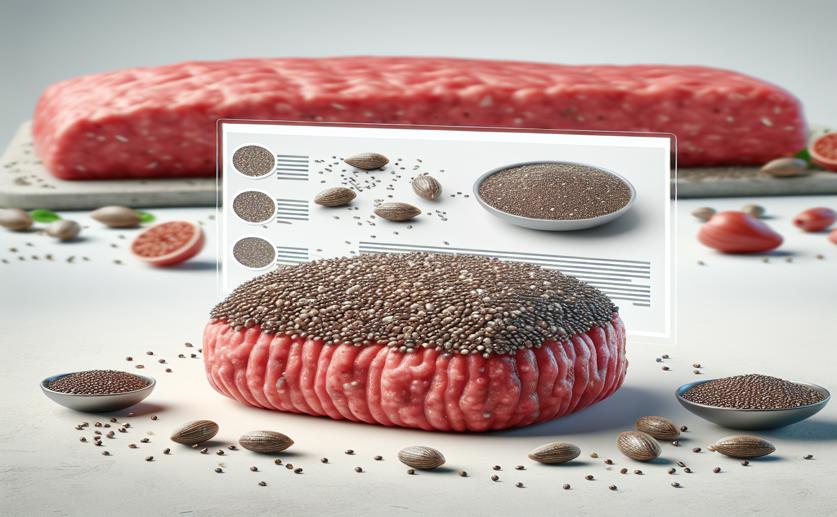
How Chia Seeds Improve Plant-Based Meat Alternatives
Jenn Hoskins
16th January, 2024

Image Source: Natural Science News, 2024
References
Main Study
1) The Techno-Functionality of Chia Seed and Its Fractions as Ingredients for Meat Analogs.
Published 16th January, 2024
https://doi.org/10.3390/molecules29020440



 14th January, 2024 | David Palenski
14th January, 2024 | David Palenski